
Bugatti Tourbillon, the Chiron Successor, Unveiled with a 1,775bhp V16 and a Stunning Instrument Cluster
The 8.3-litre V16 engine in the Bugatti Tourbillon replaces the Chiron's quad-turbo 8.0-litre W16. It features a cross-plane crank, the 16-cylinder equivalent of a flat-plane V8, and spins to 9,000rpm, producing 972.5bhp and 900Nm of torque.
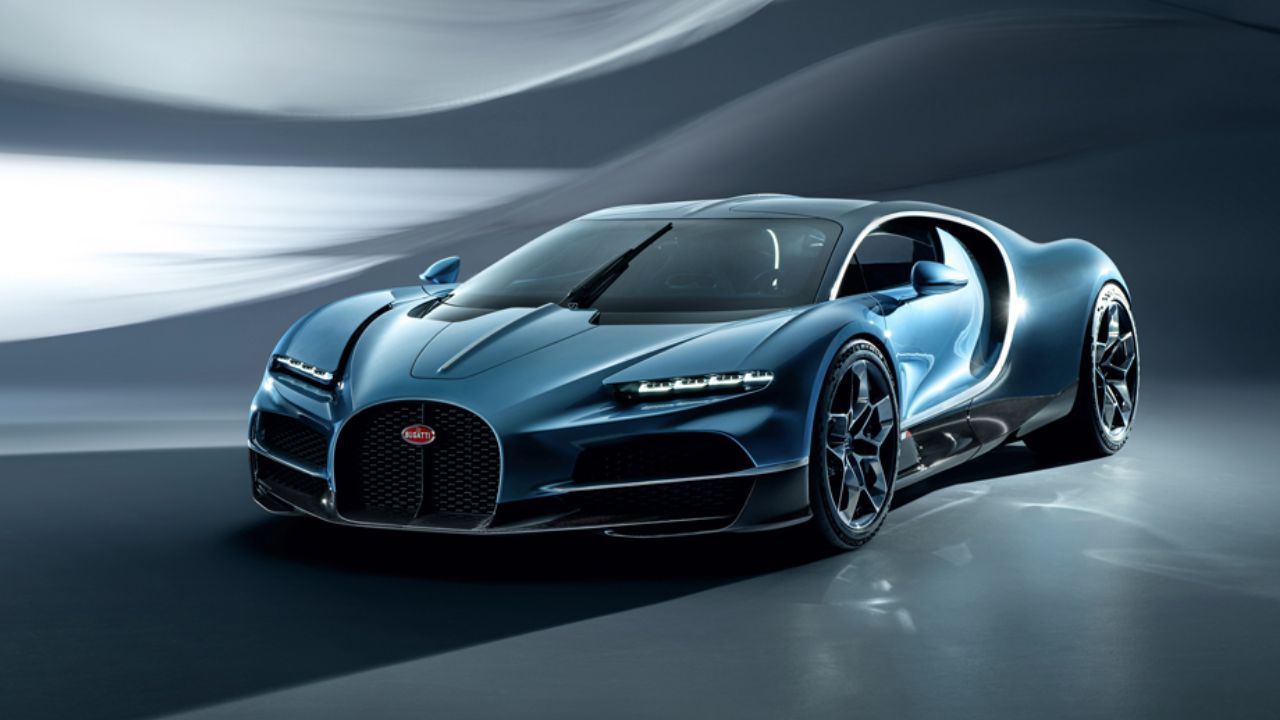
The Bugatti Tourbillon, the successor to the renowned Chiron, has made its debut. Bugatti's newest hypercar arrived twenty years after the revolutionary Veyron went into production and eight years after the Chiron was introduced. The brand-new model is a total departure from the iconic W16 engine of the company, and it was on showcase at a stellar international premiere in Molsheim, France. This time, it's electrified thanks to Mate Rimac, the relentless mind behind the world's fastest-accelerating hypercar, the all-electric Nevera. Production will be limited to just 250 units, with deliveries beginning in 2026 and a price tag of approximately USD 4 million (about Rs 33.44 crore).
Also Read: The New Bugatti Chiron Super Sport ‘L’Ultime’ is the 500th and the Last Chiron Ever
Bugatti Tourbillon: Mechanical Details
The 8.3-litre V16 engine in the Tourbillon replaces the Chiron's quad-turbo 8.0-litre W16. It features a cross-plane crank, the 16-cylinder equivalent of a flat-plane V8, and spins to 9,000rpm, producing 972.5bhp and 900Nm of torque. Interestingly, Cosworth worked on the engine's development. It uses natural aspiration instead of forced induction.
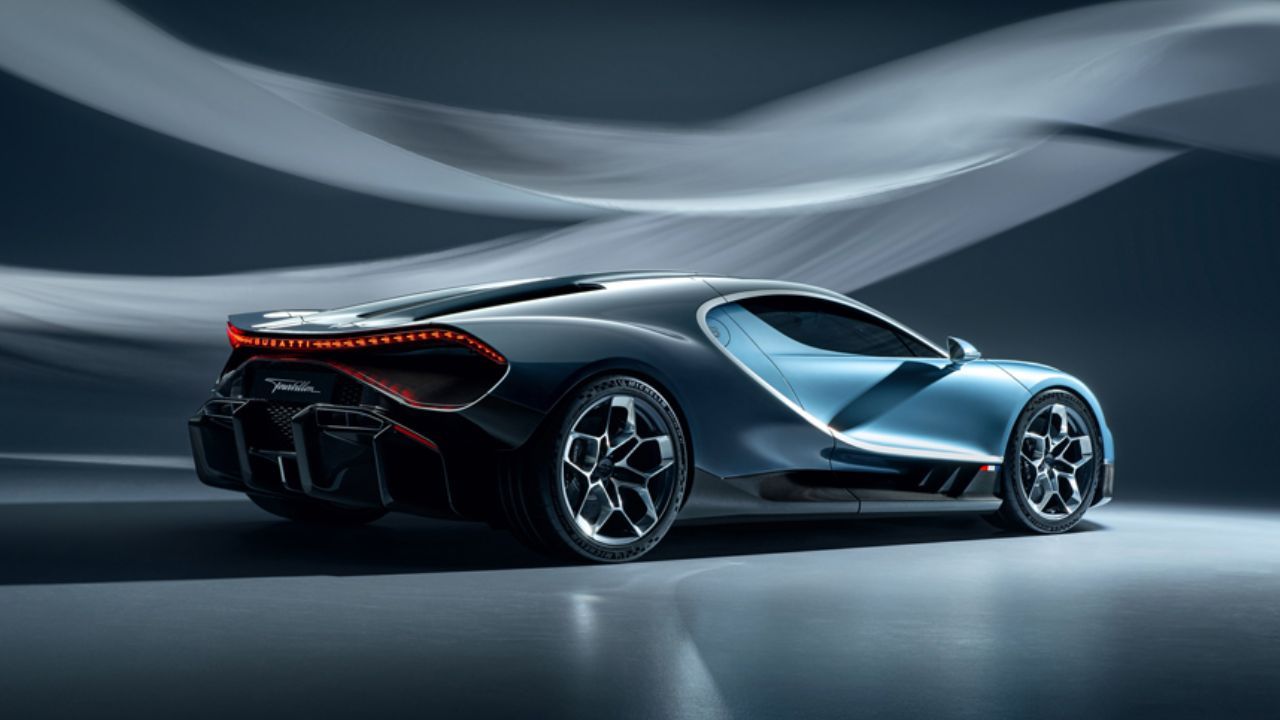
Compared to the 1,556-bhp Chiron Super Sport, this could seem like a step backward. Three electric motors – two at the front axle and one at the rear – provide additional power to the V16. The three motors combined produce 778bhp. When the engine is included, the Tourbillon powertrain generates a powerful 1,775bhp. An 8-speed dual-clutch gearbox handles the transmission duties.
Located in the centre tunnel and below the seats is a structurally integrated 25kWh T-shaped battery pack that, according to Bugatti, can deliver about 60 km of electric range. However, whether this is based on the more relaxed European WLTP cycle or the stricter U.S. EPA cycle is unclear. Rimac says the Tourbillon is lighter than the Chiron even with the load and motors. This was made possible, in part, by using 3D-printed parts, such as suspension components, 45% lighter than those found on the Chiron. The Tourbillon can go from 0 to 100km/h in 2 seconds and 0 to 200km/h in less than 5 seconds. The top speed stands at 444km/h. Unlike most PHEVs, the battery is built with 800V charging hardware, allowing for a 0-80% charge time of under 12 minutes.
Bugatti Tourbillon: Exterior
The Chiron and its Veyron successor's design principles are still adhered to, despite the massive powertrain's distinctive influence. For instance, the W16 cars' recognisable "C-line," which was modelled after Bugatti's original road cars, is retained. Along with the two-tone paint job and the iconic horseshoe-shaped front grille are central dividing lines on the bonnet and roof.
Also Read: Bugatti Chiron Super Sport ’55 is One of One Tribute to Iconic Type 55
Bugatti Tourbillon: Interior Details
According to Bugatti, the Tourbillon's analogue appeal – which is fostered by its prominently apparent internal mechanisms and strong dependence on physical controls – is the key to preserving its "timeless" attraction. This is because physical controls are more dated than contemporary touchscreen-based systems. Bugatti will keep highlighting the physical and mechanical aspects of its cars, as evidenced by the intricate workings of the Tourbillon's instrument cluster, designed and built by actual Swiss watchmakers. In contrast, sibling brand Rimac places a strong emphasis on digital functionality and ultra-advanced electronic functionality.
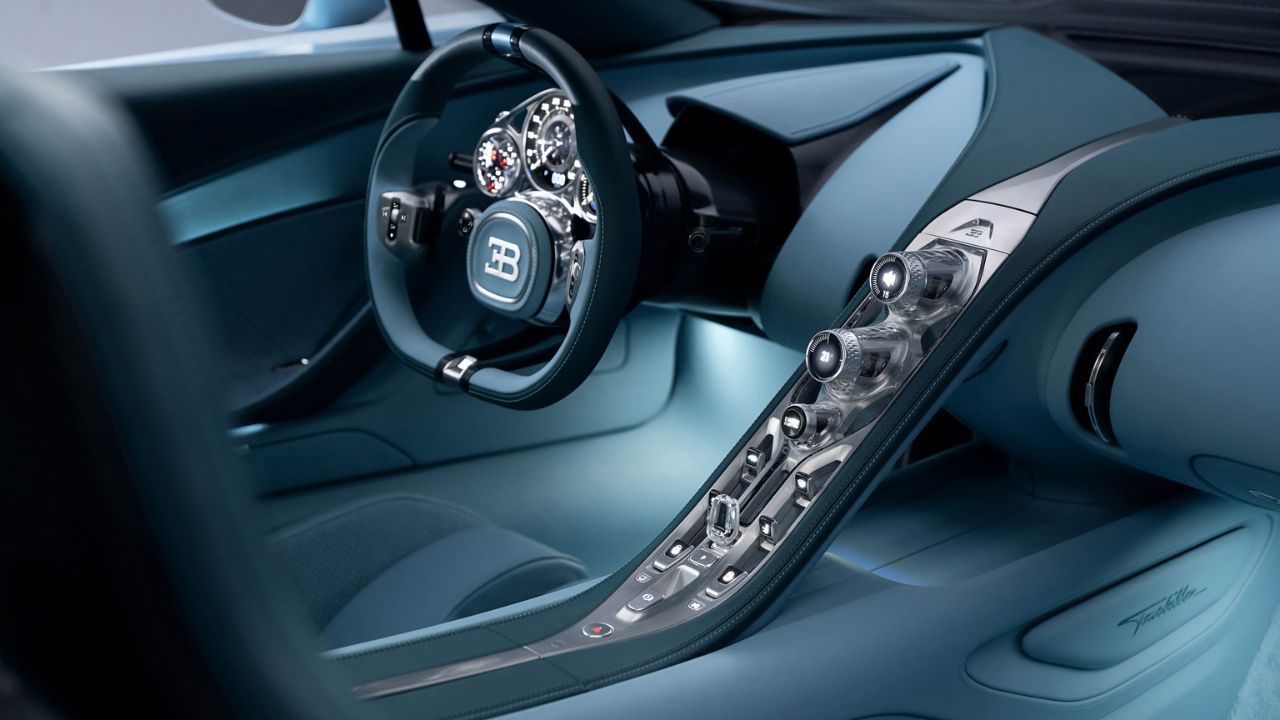
The gauge mechanisms, which consist of over 600 tiny components and are made of titanium, sapphire, and ruby, weigh only 700g. Because the spokes of the steering wheel are fastened to the rear of the cluster and the wheel is mounted on a fixed hub, the gauges are always visible regardless of the steering angle. In addition, the centre console's internal controls are entirely visible. A small touchscreen with Apple CarPlay capability is included, but it is concealed in the dashboard and only activates electrically when "drivers request it."


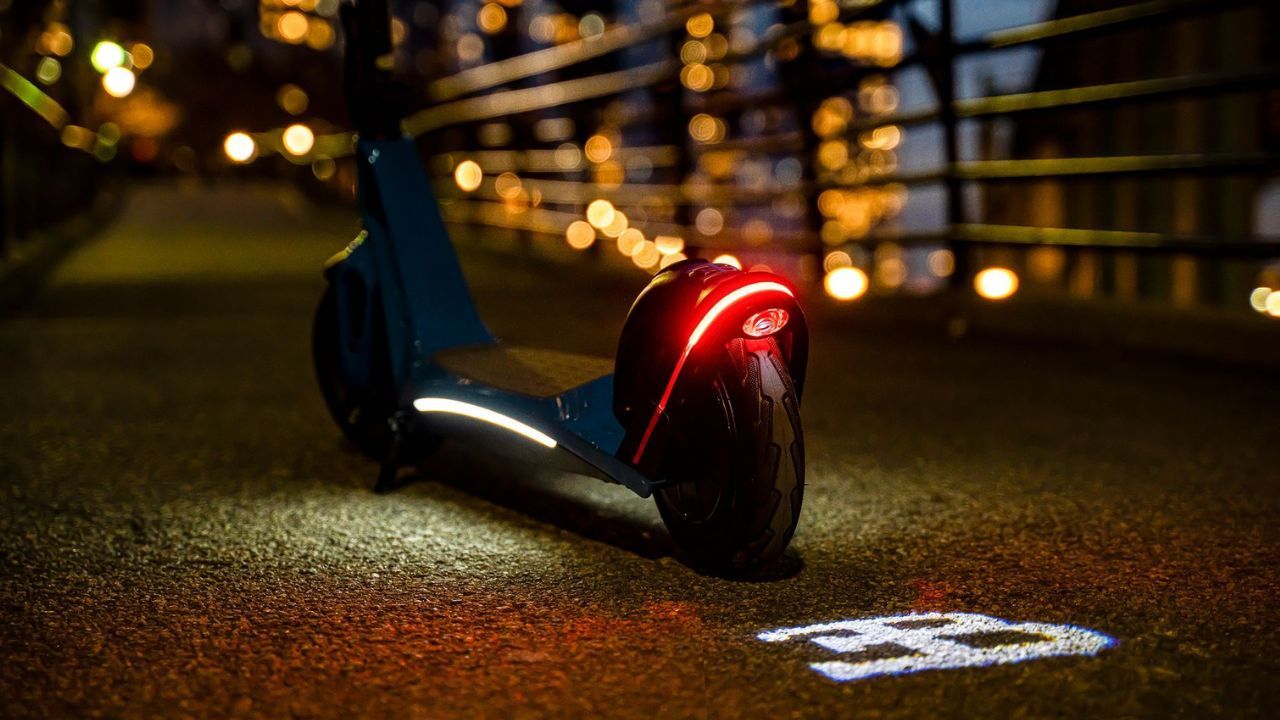
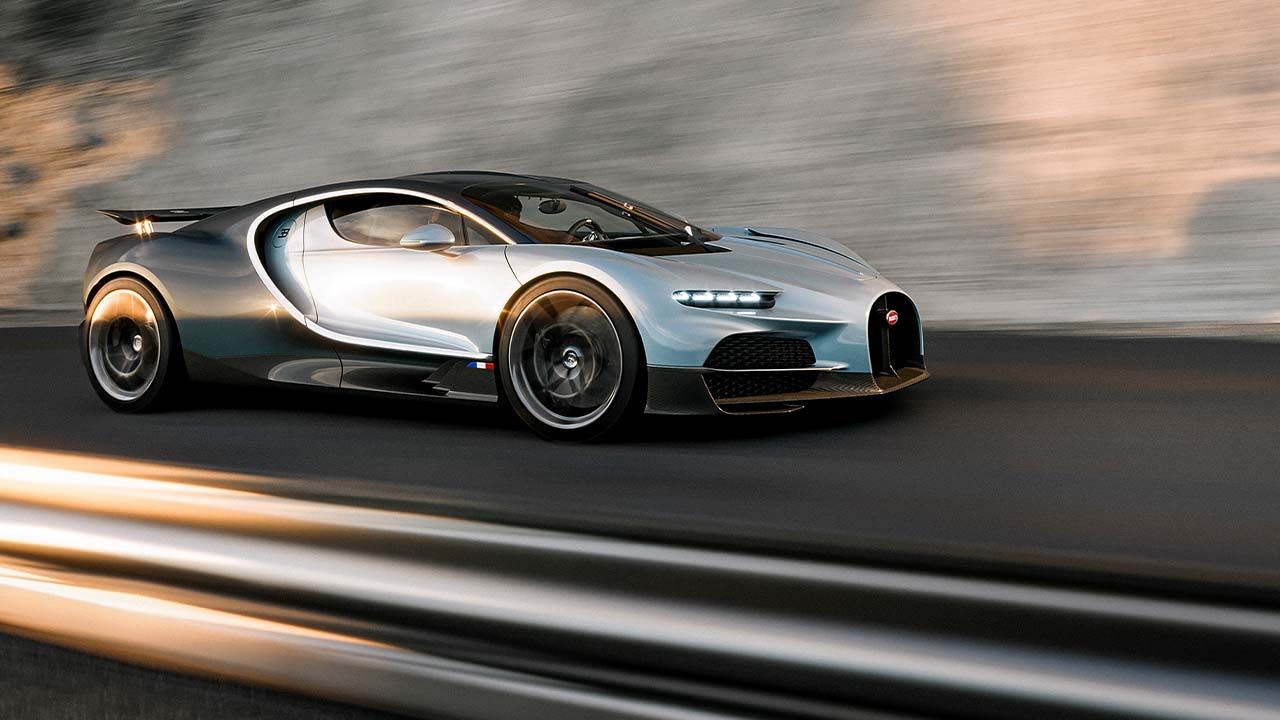
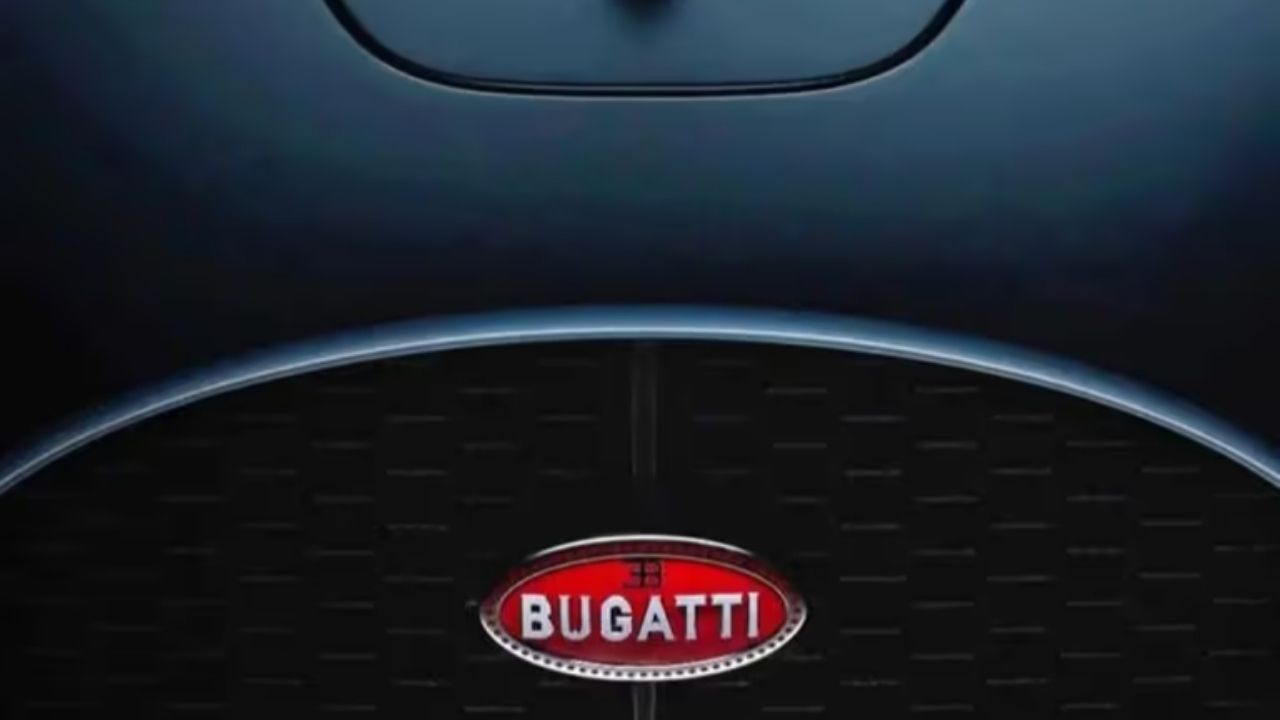
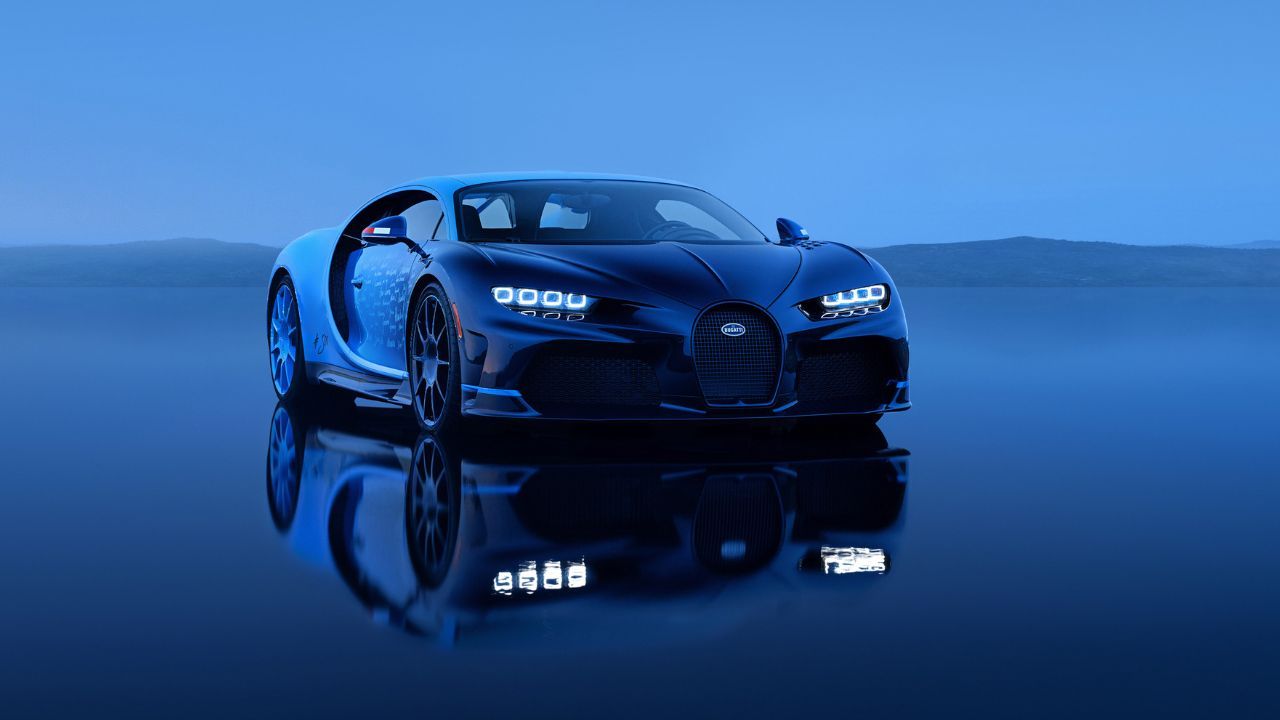
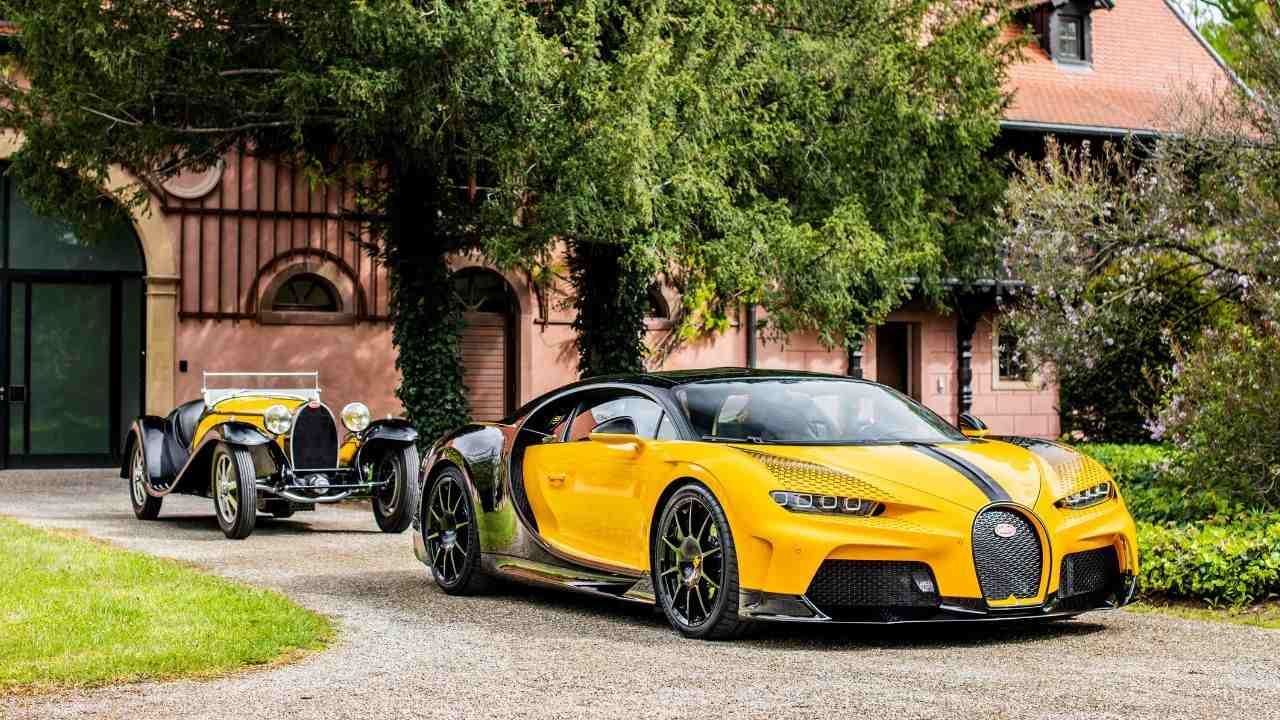
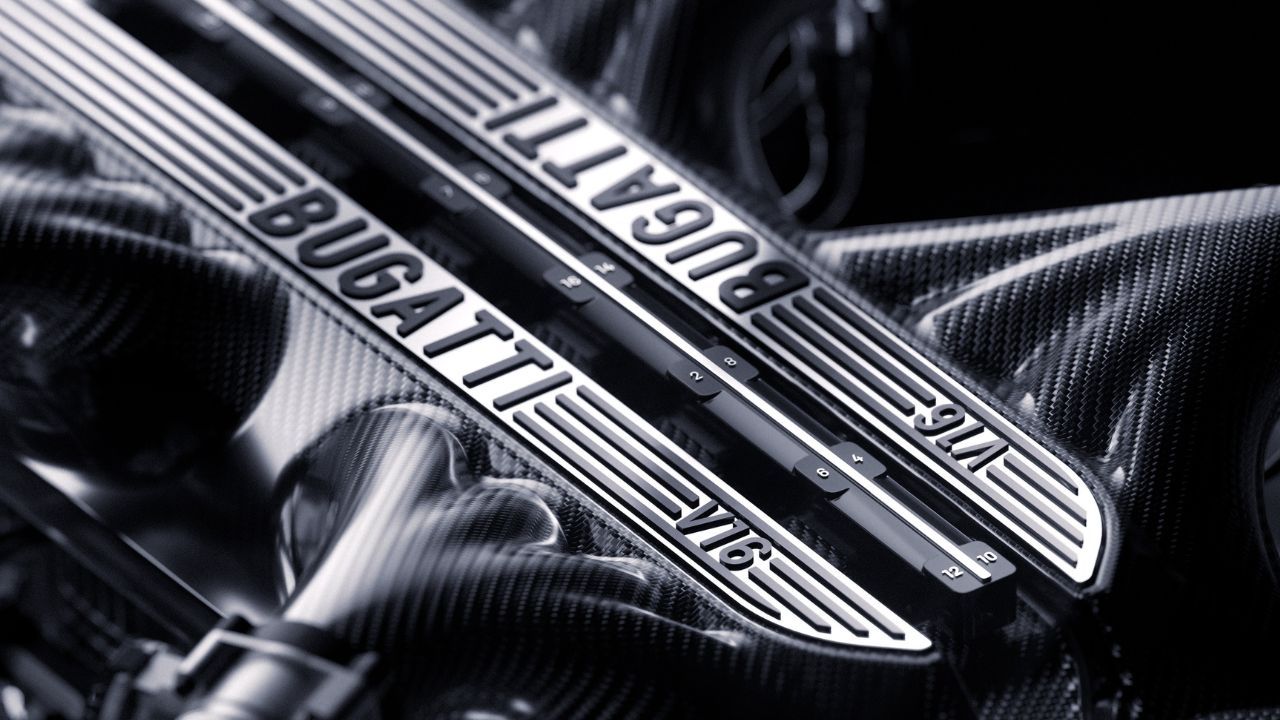

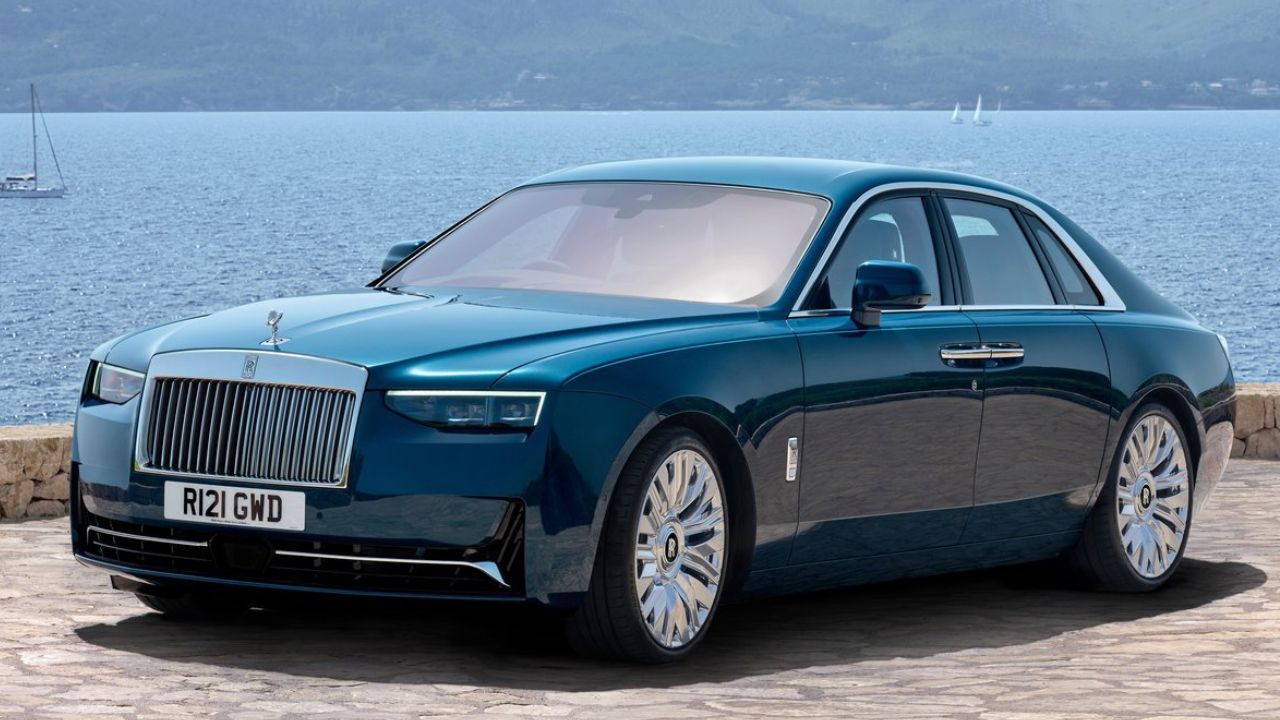
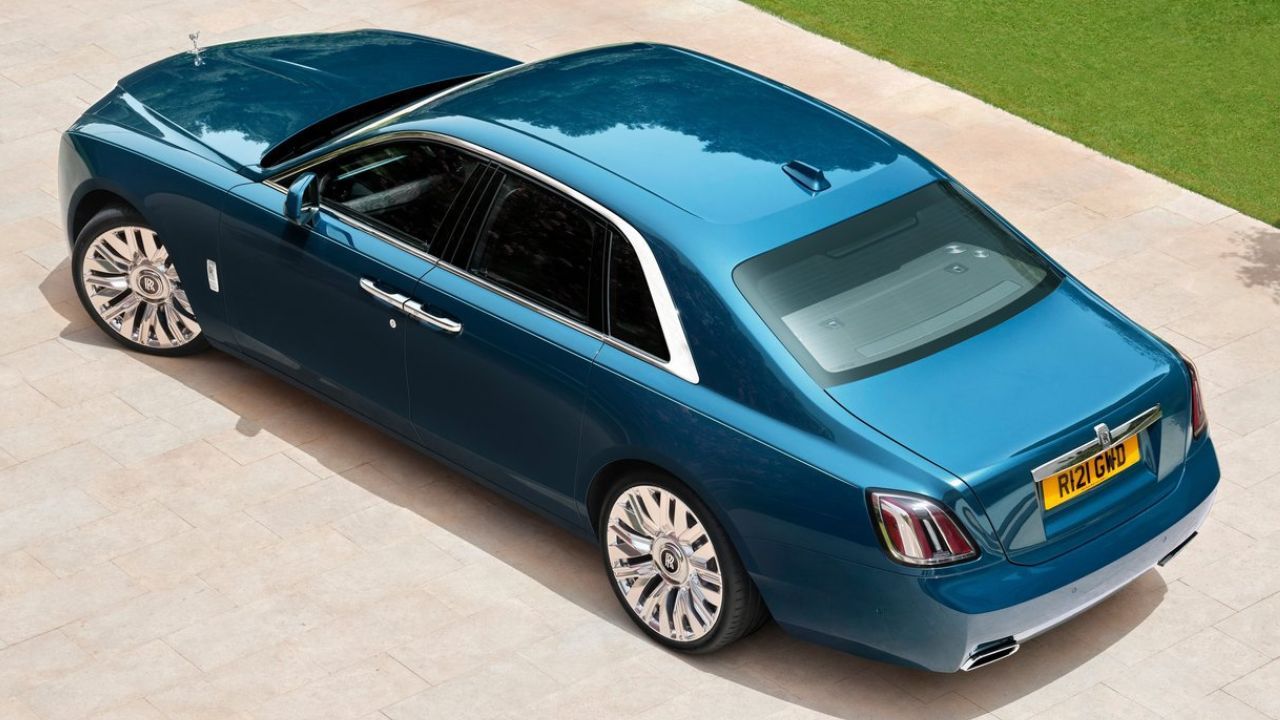

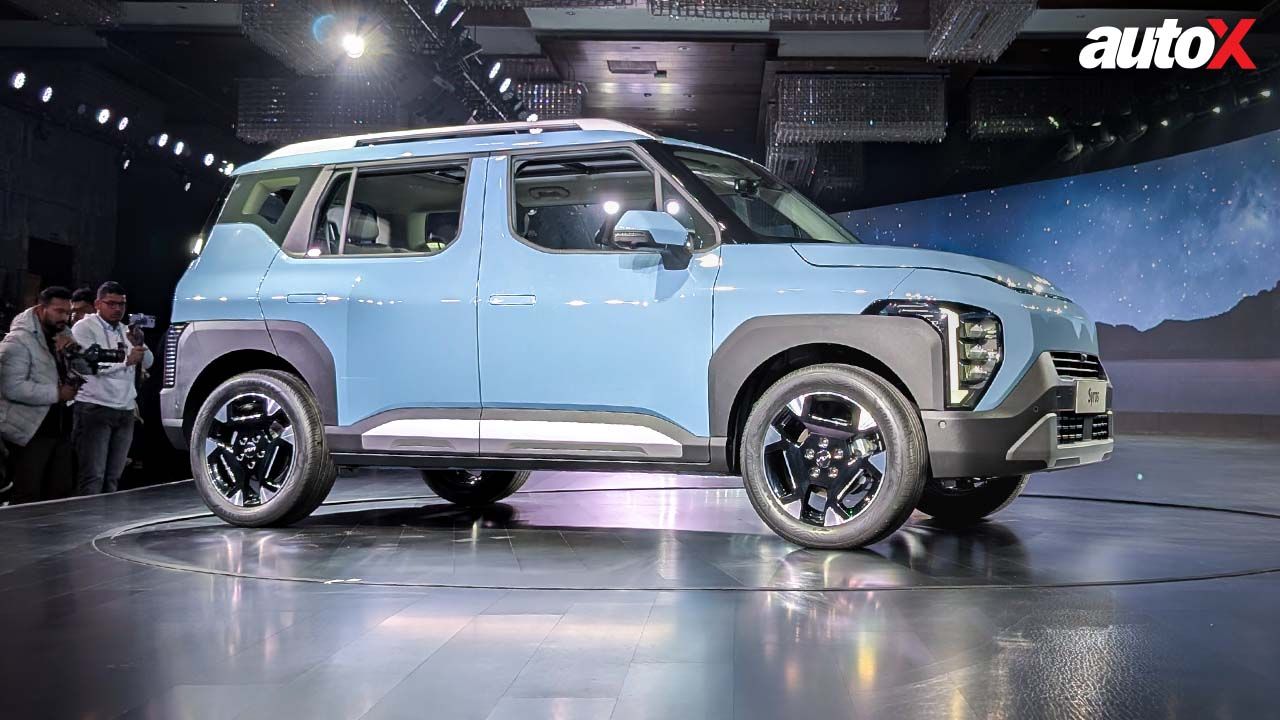
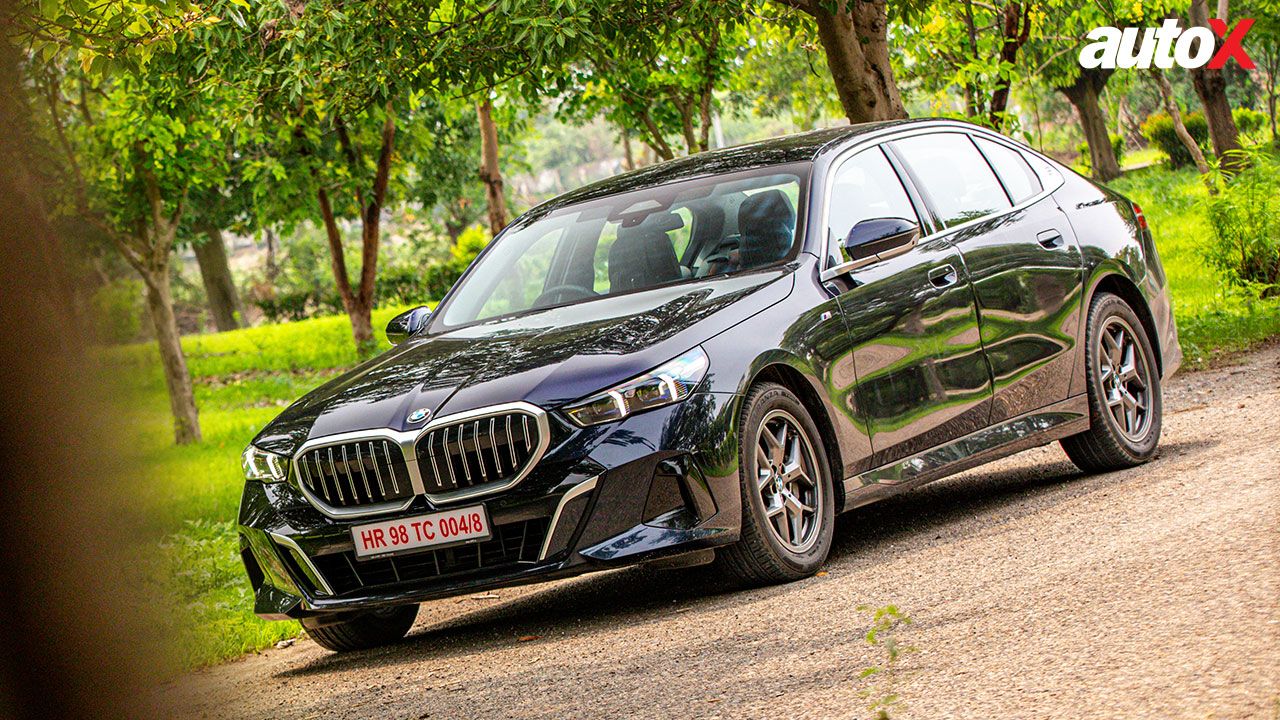
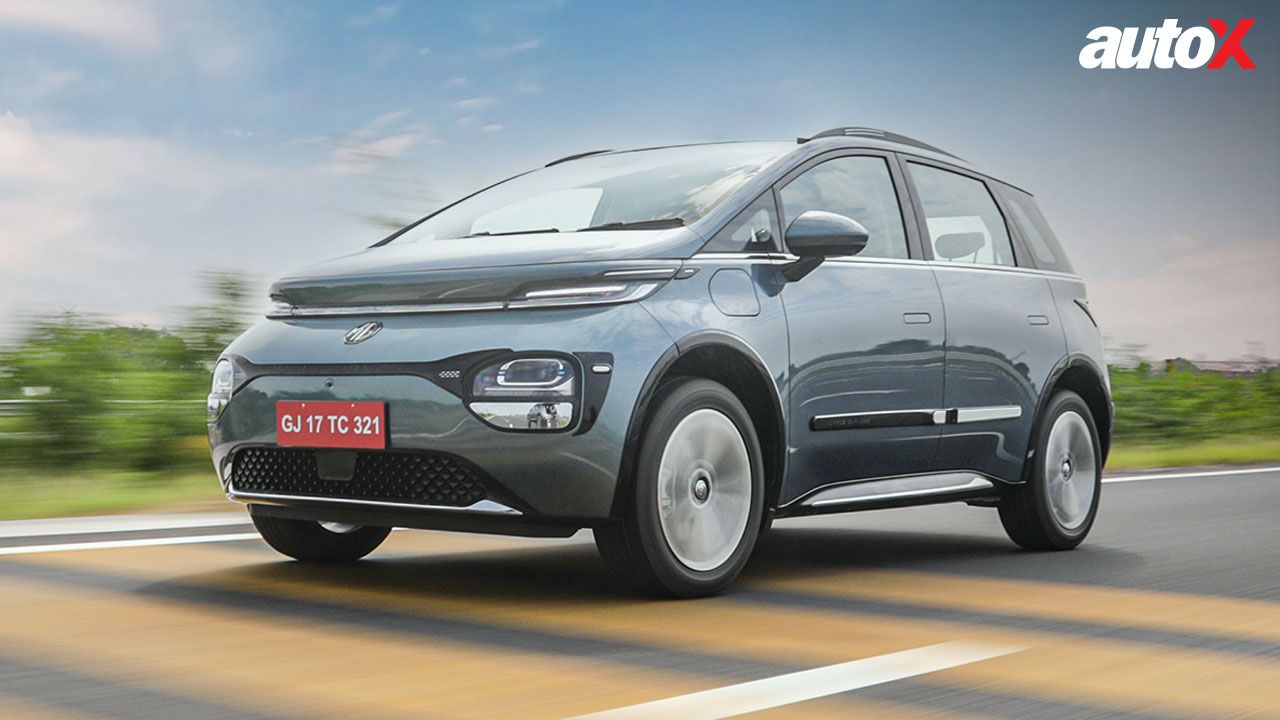
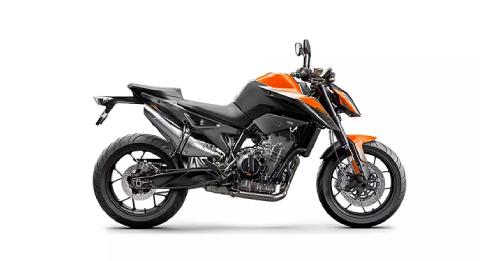
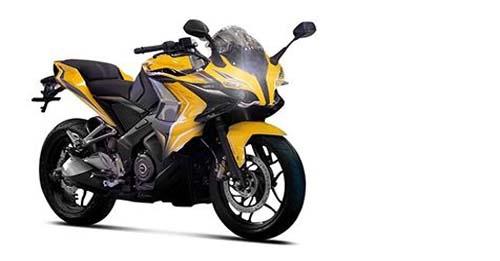
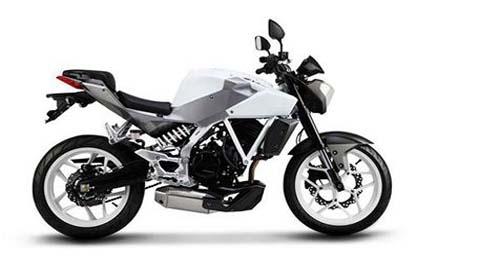
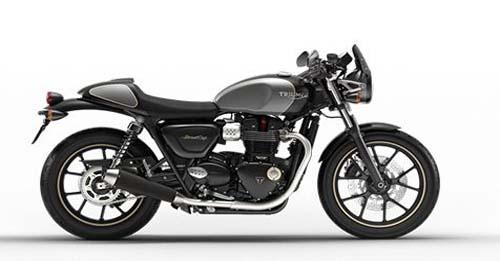
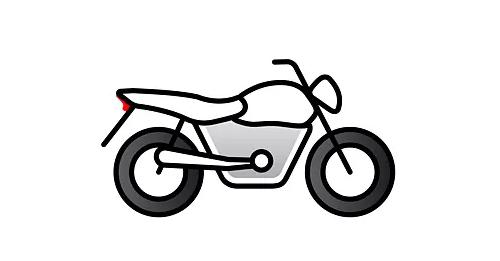

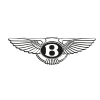


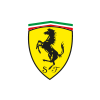


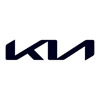

Write your Comment on